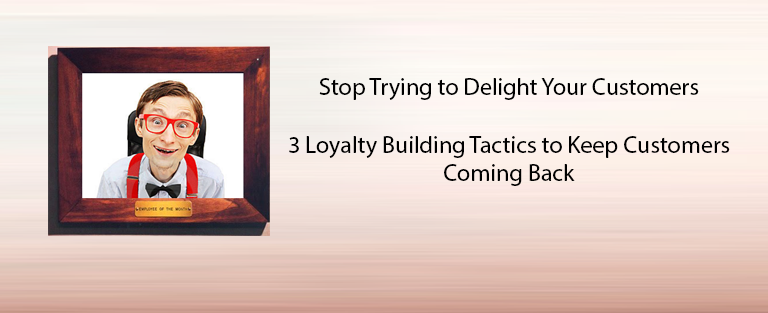3 Loyalty Building Tactics to Keep Customers Coming Back
Speed, quality, and satisfaction are often thought of as the “golden rules” of customer service. However, a study of more than 75,000 kiosks and other self-service channels have found that over the top efforts make little difference to customer retention. According to the Harvard business review, the following tactics had a far greater impact on the bottom line:
Customers are unlikely to be loyal as a result of good customer service, but are quick to drop a company that is not attentive to their needs.
Elicit and use negative feedback
It’s easy to neglect data from unhappy customers, especially as these folks tend to represent a small sample of the total customer base. However, this feedback is often the most important of all and can be used to improve service and resolve issues. Often, patterns are discovered with this type of feedback and new policies can be implemented. As the study found, customers are unlikely to be loyal as a result of good customer service, but are quick to drop a company that is not attentive to their needs.
Focus on problem solving; not speed
Productivity and the ability to quickly perform work on a client pose a great barrier to customer service. Instead, it is recommended that the stylist take time to discuss client needs at the front end before proceeding with work. Visual aids such as our 30 eyebrow shapes poster enhance client communication and ensure that both the stylist and client are on the same page before proceeding. In addition, the white stick creates an excellent “marking tool” that shows the client exactly where hair will be removed before it’s too late.
Establish an emotional connectionAccording to the study, 24% of lost business resulted in an emotional disconnect between the client and the stylist. When the client felt that the stylist wasn’t genuine or trying to rush their service, they were far less likely to return – regardless of the end result.
However, one UK based company has developed a solution to this problem which has decreased complaints by 40%. They have trained their employees to asses a client’s personality type through a series of cues (See Part II of the series next week). Though quickly assessing whether a client is a “controller”, “thinker”, “feeler”, or “entertainer”, they are better able to tailor their services and offer a suitable balance of detail and speed.

